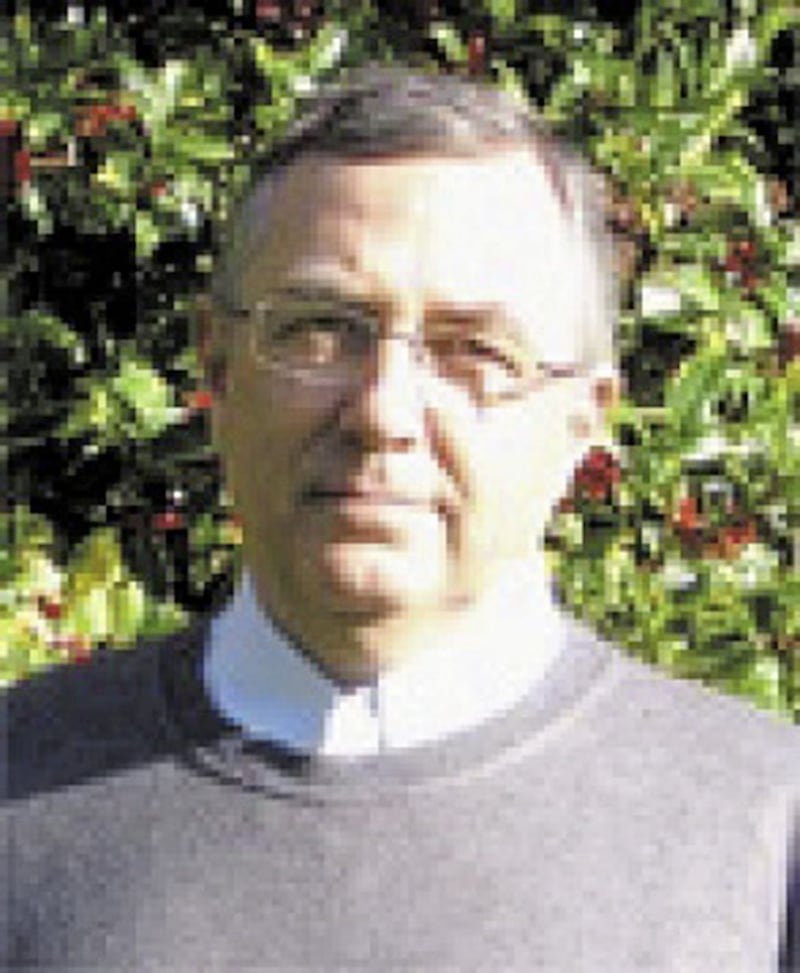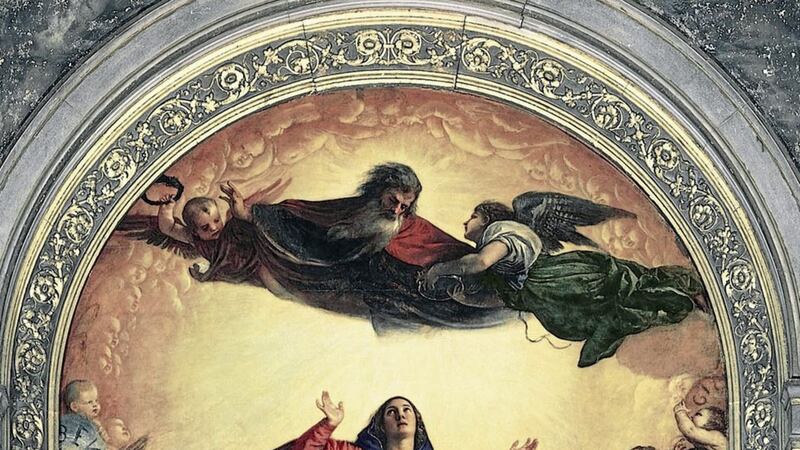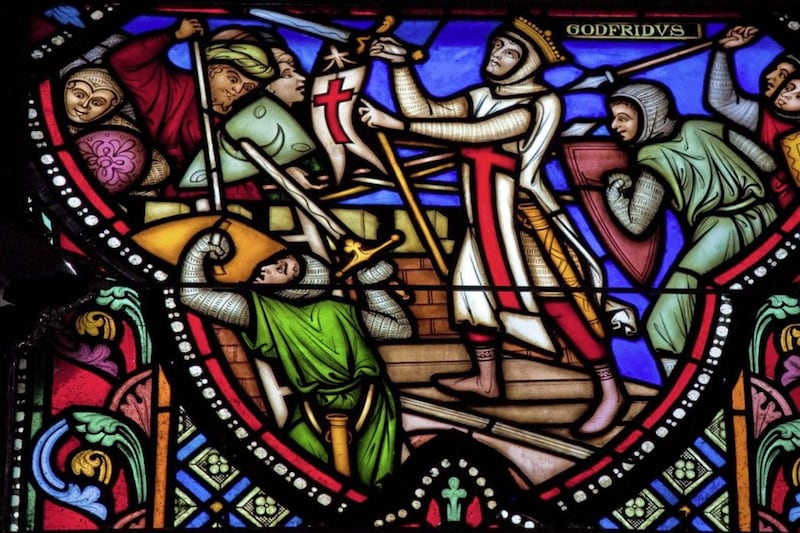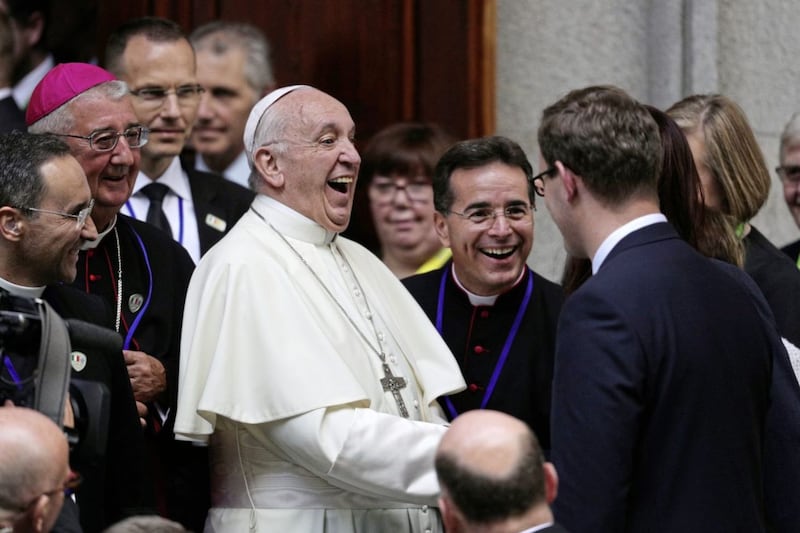THE Solemnity of the Assumption of Mary goes far back in the history of the Church, right to the early centuries.
In those first centuries, Church thinkers spent a lot of time thinking about Mary and often compared her with Eve.
Eve, as is well known, in the history of the Church frequently tended - surely unfairly - to get most of the blame for what went wrong in the Garden of Eden, whereas Adam got off pretty lightly, even though both were equally responsible for doing what they felt they really shouldn't do, but did anyway.
However, Eve was still honoured even by the early Christian thinkers, as the mother of all the living, a title suggested by her actual name Eve, meaning or closely connected with the notion of 'life' in the original biblical language, if I'm not mistaken.
And that was one of the things about Eve that the early Church Fathers, as they are usually known, focused on when they were comparing and contrasting Eve with Mary, the Mother of the Redeemer, Jesus Christ.
The comparison is still instructive for us today. But it's not instructive in any negative sense, as if we should start criticising Eve for falling, and comparing her unfavourably with Mary who obeyed the call of God.
The point of the comparison was and still is to underline just what a glorious destiny God has in mind for his creation.
Mary is often known as the New Eve or a Second Eve, because she was not just a life-giving mother, as was Eve, but she was the mother of the Creator of Life itself, Jesus Christ, the Word of God made flesh, the Word through whom, for Christian faith, everything came into existence.
This comparison between Eve and Mary was meant to teach that the point of being alive - the reason why there was life at all, rather than just nothing, the reason why we would want to continue living and giving life further to new generations - is because God, we believe, wanted to create other beings who would not just spend a few years within his creation - astounding though that would already have been in itself - but who would share his life for all eternity.
In celebrating the Assumption, we are re-affirming the ancient Christian belief that God has created us not just for this world but for the immortal life he himself enjoys and wishes eventually to share with his whole creation
It's always worth recalling in this context that in the Garden of Eden there was not just the tree that Adam and Eve were warned not to eat from, the tree of the knowledge of good and evil, but there was also another tree mentioned specifically, namely the tree of life.
That tree is possibly the more important one, as it symbolises the human desire for immortality and the divine offer and promise of just that gift.
The expulsion from paradise didn't uproot or destroy the tree of life. It remained undamaged, though still within paradise, whereas we, the descendants of Adam and Eve, live, like our first parents, outside paradise, on the face of this earth.
But what the Solemnity of the Assumption proclaims, the reason why it is celebrated, is that it represents the fulfilment of the promise made, at least implicitly, in the Garden of Eden to Adam and Eve that they were created not just for life on this earth but for eternity. In other words, they were created not to die, but finally to enjoy immortality in body and soul.
In the Eastern Church, the Assumption is known as the Dormition, or 'falling asleep in death' (Koimisis in Greek, from which our word 'cemetery' ultimately comes).
Some have taken this to mean that the Assumption of Mary actually occurred without her dying.
She just fell asleep and was taken up into heaven. While this belief does not have particularly solid support in Christian tradition and has remained a moot point, it still is arguably an echo of the early Christian conviction that the destiny of the human race is to transcend death and enjoy immortality, as the mention of the tree of life suggested almost right from the opening pages of the Bible.
So, in celebrating the Assumption, we are re-affirming the ancient Christian belief that God has created us not just for this world but for the immortal life he himself enjoys and wishes eventually to share with his whole creation.
Martin Henry, former lecturer in theology at St Patrick's College, Maynooth, is a priest of the diocese of Down and Connor.









